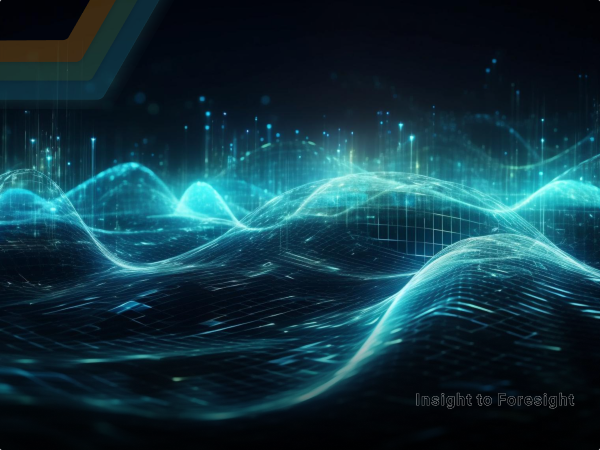Natural Language Processing (NLP) Beyond Text: Let’s talk about Image and Speech Processing

The global natural language processing (NLP) market is experiencing a remarkable surge. It’s projected to reach an estimated value of $41 billion by 2025, 14 times more than what it was in 2017.
NLP plays a pivotal role in bridging the communication gap between humans and machines.
By combining computational linguistics with statistical, machine learning, and deep learning models, NLP enables computers to process human language in text and voice formats — comprehending not only the words but also the true meaning, intent, and sentiment behind the communication.
In this article, we delve into how NLP goes beyond text and delves into the captivating realms of image and speech processing.
NLP Beyond Text
NLP, traditionally associated with text processing, has now ventured into the realms of image and speech, revolutionizing data analysis and communication.
Processing Images with NLP
Advancements such as multi-atlas segmentation, fuzzy clustering, graph cuts, genetic algorithms, support vector machines, and deep learning have greatly improved image analysis.
NLP techniques now enable computers to interpret images, recognize objects, and generate descriptive captions. This way, these techniques contribute to content accessibility and enrich image search engines.
Processing Speech with NLP
Speech recognition, or speech-to-text, poses unique challenges due to the complexities of human speech. However, despite the intricacies in accent, intonation, and grammar, NLP algorithms efficiently convert voice data into text.
Additionally, part-of-speech tagging allows NLP models to identify the grammatical role of words based on context.
All in all, NLP’s application of deep learning and neural networks has led to the creation of spoken dialogue systems, speech-to-speech translation engines, sentiment analysis, and emotion identification.
These advances empower innovative solutions like mining social media for health and finance information and revolutionize how we interact with technology and analyze data.
Applications of NLP in Image and Speech Processing
The fact that NLP can now help with image and speech processing is groundbreaking for so many reasons. Here are some of the most prominent applications:
1. Image Captioning
Image captioning combines computer vision with NLP to generate descriptive and contextual captions for images.
Leveraging deep learning techniques, NLP models can analyze the visual content of an image and generate natural language descriptions. This application finds extensive use in:
-
Content accessibility
-
Enriching image search engines
-
Aiding visually impaired users in comprehending image content
The underlying NLP models process the image data to recognize objects, actions, and scenes, thus producing coherent and informative captions for better human understanding.
Also Read: A CXO’s Guide to Collaboration Between Citizen Data Scientists and Data Science Teams
2. Visual Question Answering (VQA)
VQA is an intriguing application where NLP models enable machines to comprehend and respond to questions about images.
Through NLP-powered algorithms, the model processes the image and the accompanying question to generate an accurate textual answer.
This multidisciplinary approach involves image feature extraction, question parsing, and reasoning capabilities, making it a challenging yet valuable task.
VQA finds applications in interactive visual systems, educational tools, and AI-driven assistive technologies.
3. Speech Recognition
NLP-driven speech recognition is at the core of voice-enabled systems and speech-to-text applications.
Applying deep learning architectures, NLP models can transcribe spoken language into written text with impressive accuracy. The underlying techniques involve:
-
Acoustic modeling to capture speech patterns
-
Language modeling to understand the context and grammar of the spoken content.


